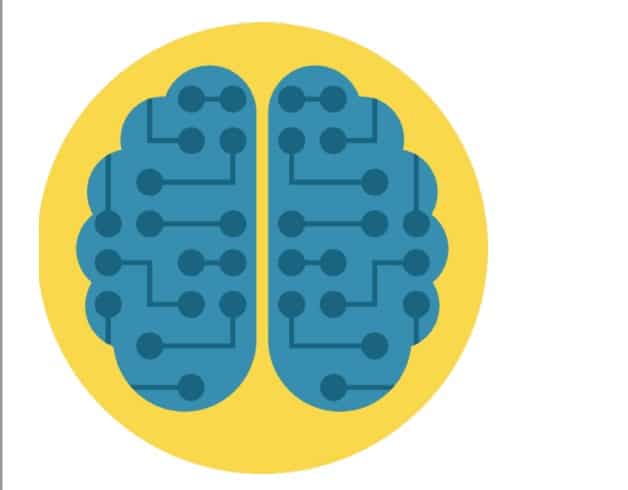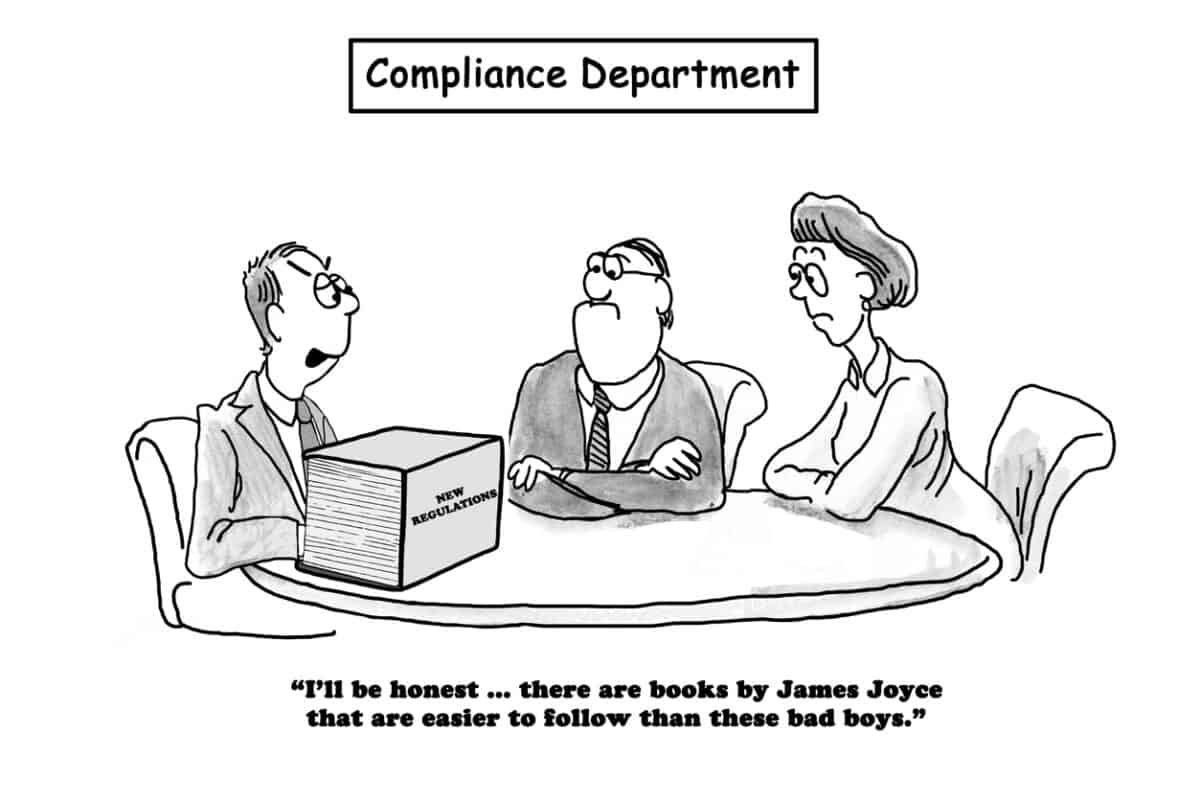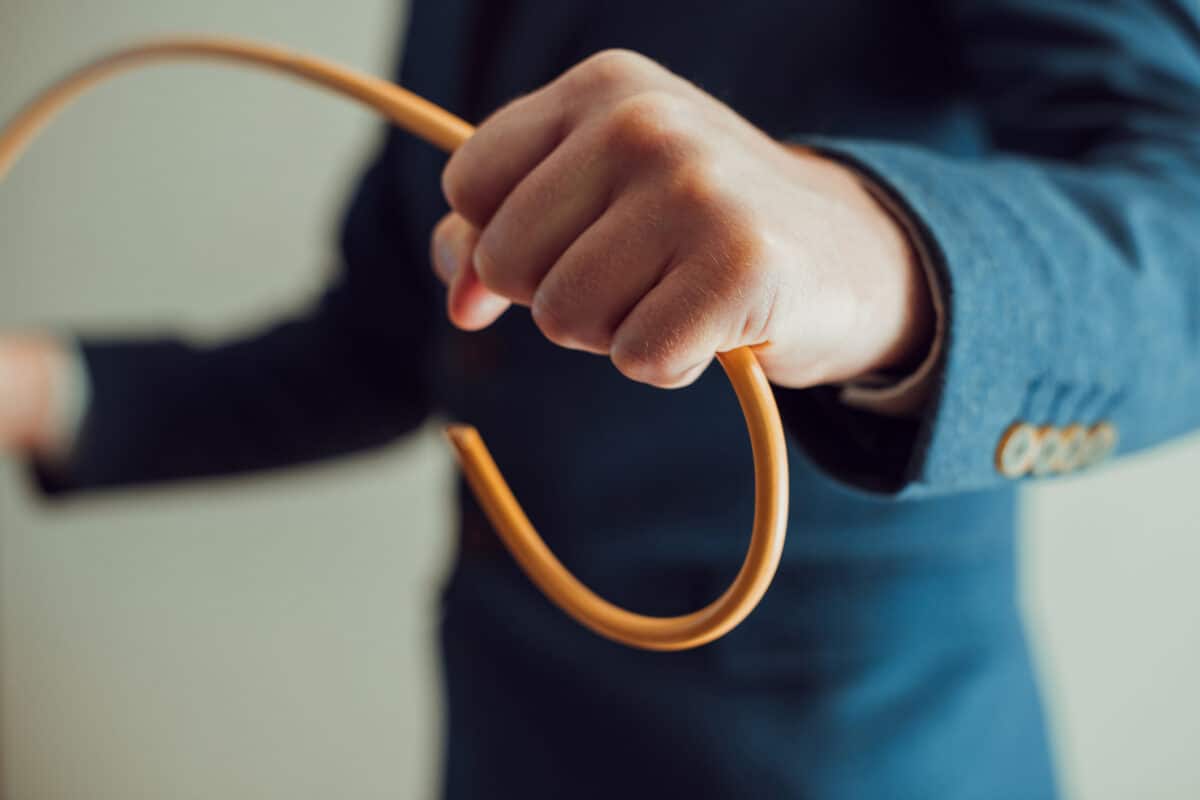Workplace Bullying is once again in the headlines and once again related to politicians and the stress they face. Two cases in particular are the focus. One in Victoria involving Kaushaliya Vaghela who resigned from the Australian Labor Party after revealing accusations of bullying. The other concerns Senator Kimberley Kitching who died of a heart attack recently and who, some of her friends and colleagues assert, was bullied by work colleagues.
Allegations of this type are very difficult to investigate and filter as so many issues and allegations are raised in the media by anonymous sources.
Both jurisdictions, Victoria and Federal, are due for elections this year which may have contributed to the level and type of media attention.






